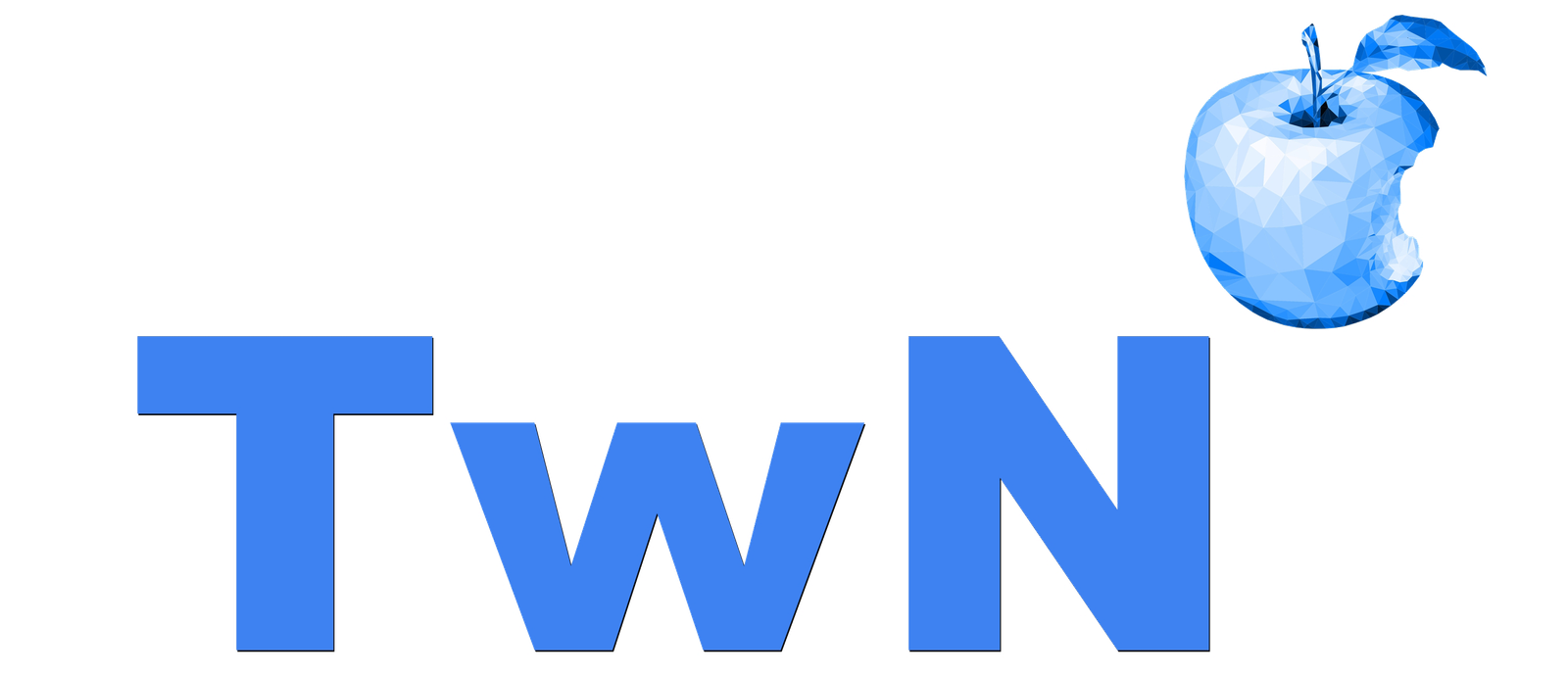
What is Unconscious Bias?
Unconscious bias refers to automatic, implicit attitudes or stereotypes that influence our perceptions, decisions, and behaviors without conscious awareness. These biases can affect how we perceive and interact with others based on factors such as gender, race, age, or other characteristics, often leading to unintended discrimination or unfair treatment. Despite significant advancements in technology and corporate policies, unconscious bias continues to pose significant challenges in the recruitment and promotion processes within IT workplaces.
In the context of hiring and promotions in the IT sector, unconscious bias can lead to the perpetuation of homogeneous teams, the undervaluation of certain skill sets, and the hindrance of career advancement opportunities for underrepresented groups.
In the IT industry, where innovation and problem-solving are key drivers, the impact of unconscious bias can be particularly pronounced. For instance, the perception of technical competence may be influenced by stereotypes about gender or ethnicity, leading to the exclusion of qualified candidates from diverse backgrounds. Additionally, biases in favor of individuals with similar educational or professional backgrounds can perpetuate a lack of diversity within IT teams.
Recognizing the Effects of Unconscious Bias
The consequences of unconscious bias in hiring and promotions are multifaceted and can impede organizational success in several ways:
- Limited Diversity: Unconscious bias can result in the recruitment and promotion of only individuals who fit conventional molds, thereby limiting diversity of thought, experience, and perspective within IT teams, hindering innovation and problem-solving capabilities.
- Loss of Talent: Talented candidates from underrepresented groups may be overlooked or undervalued, leading to a loss of valuable skills and contributions to the organization, resulting in decreased employee engagement and retention. When talented employees perceive a lack of opportunities for growth and advancement, they may seek opportunities elsewhere, resulting in higher turnover rates and the loss of institutional knowledge and expertise.
- Negative Workplace Culture: The presence of unconscious bias can create an environment where certain individuals feel marginalized or excluded, contributing to low morale, higher turnover rates, and decreased productivity. This can create tension and conflict among team members, impeding collaboration and teamwork. Furthermore, the perception of bias can tarnish an organization’s reputation, making it less attractive to prospective employees and clients who prioritize diversity and inclusion.
Strategies for Addressing Unconscious Bias
To mitigate the impact of unconscious bias in hiring and promotions, IT organizations can adopt proactive measures aimed at fostering diversity, equity, and inclusion:
- Implementing Bias Awareness Training: Providing all employees, particularly those involved in the hiring and promotion processes, with training sessions that raise awareness about the existence and impact of unconscious biases, and equip them with the tools and strategies to recognize and mitigate their effects.
- Establishing Structured Hiring Processes: Standardizing interview protocols, utilizing diverse interview panels, and implementing blind resume screening techniques can help minimize the influence of unconscious bias in candidate evaluation.
- Setting Clear Diversity Goals: Establishing measurable diversity and inclusion goals at the organizational level demonstrates a commitment to fostering a diverse workforce and holding leadership accountable for progress. Clear diversity goals provide a roadmap for action and help galvanize support and commitment from leadership and employees at all levels of the organization.
- Promoting Inclusive Leadership: Encouraging leaders to actively advocate for diversity and inclusion initiatives, mentor individuals from underrepresented groups, and create inclusive team environments can help mitigate the effects of unconscious bias. By modeling inclusive behaviors and fostering open and transparent communication, inclusive leaders set the tone for organizational culture and create an environment where all employees feel valued, respected, and empowered to contribute their unique talents and perspectives.
- Leveraging Technology: Utilizing technology tools such as AI-powered recruitment platforms that anonymize candidate information or perform algorithmic bias audits can help identify and address biases in the hiring process. Additionally, data analytics tools can help track and monitor diversity metrics and identify areas for improvement.
Conclusion
In an industry driven by innovation and collaboration, addressing unconscious bias in hiring and promotions is essential for creating inclusive and equitable IT workplaces. By fostering diversity of thought, experience, and perspective, organizations can unlock the full potential of their teams and drive sustained innovation and growth. Through ongoing education, awareness, and proactive interventions, IT companies can cultivate environments where talent thrives, and diversity is celebrated as a strength rather than a challenge. Ultimately, the journey towards addressing unconscious bias requires a collective commitment from organizations, leaders, and employees to create a more inclusive future for the IT industry and beyond.
